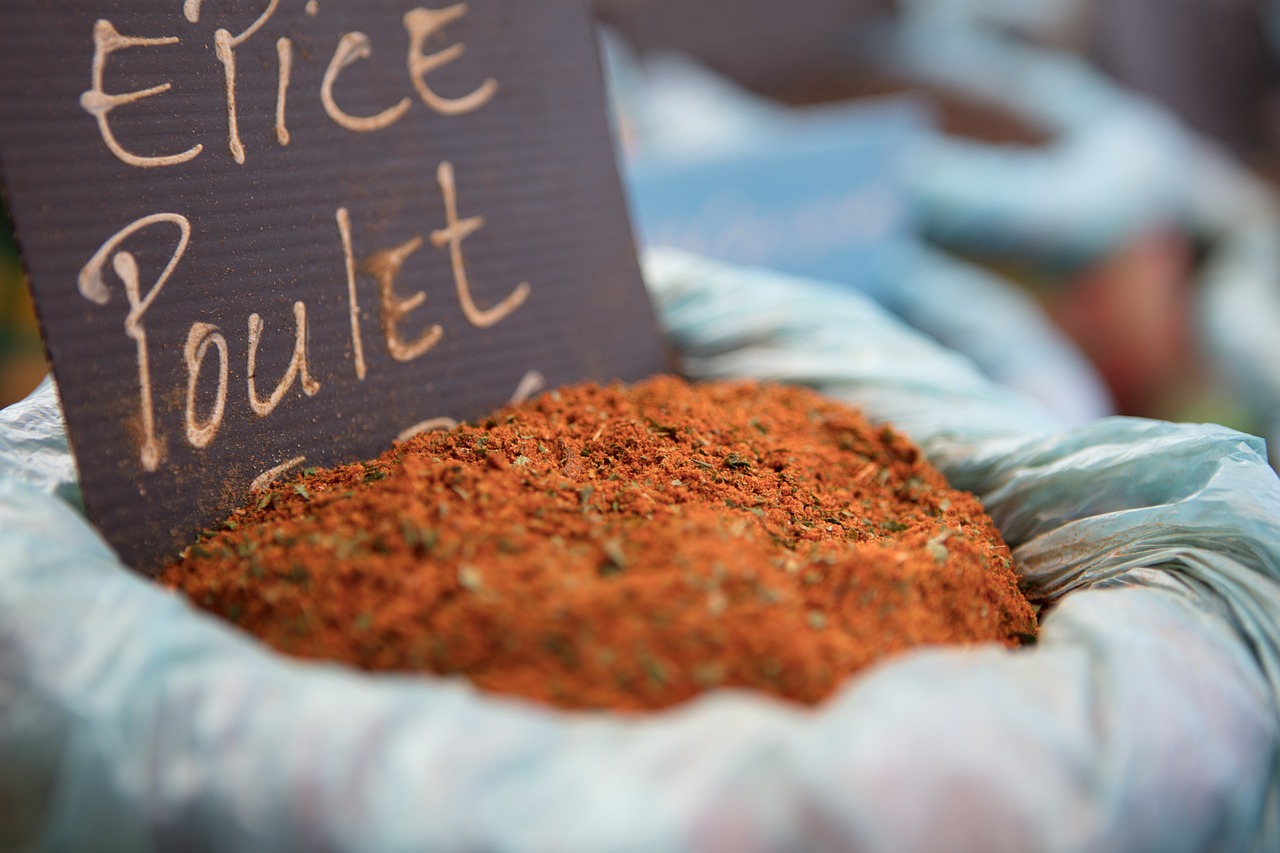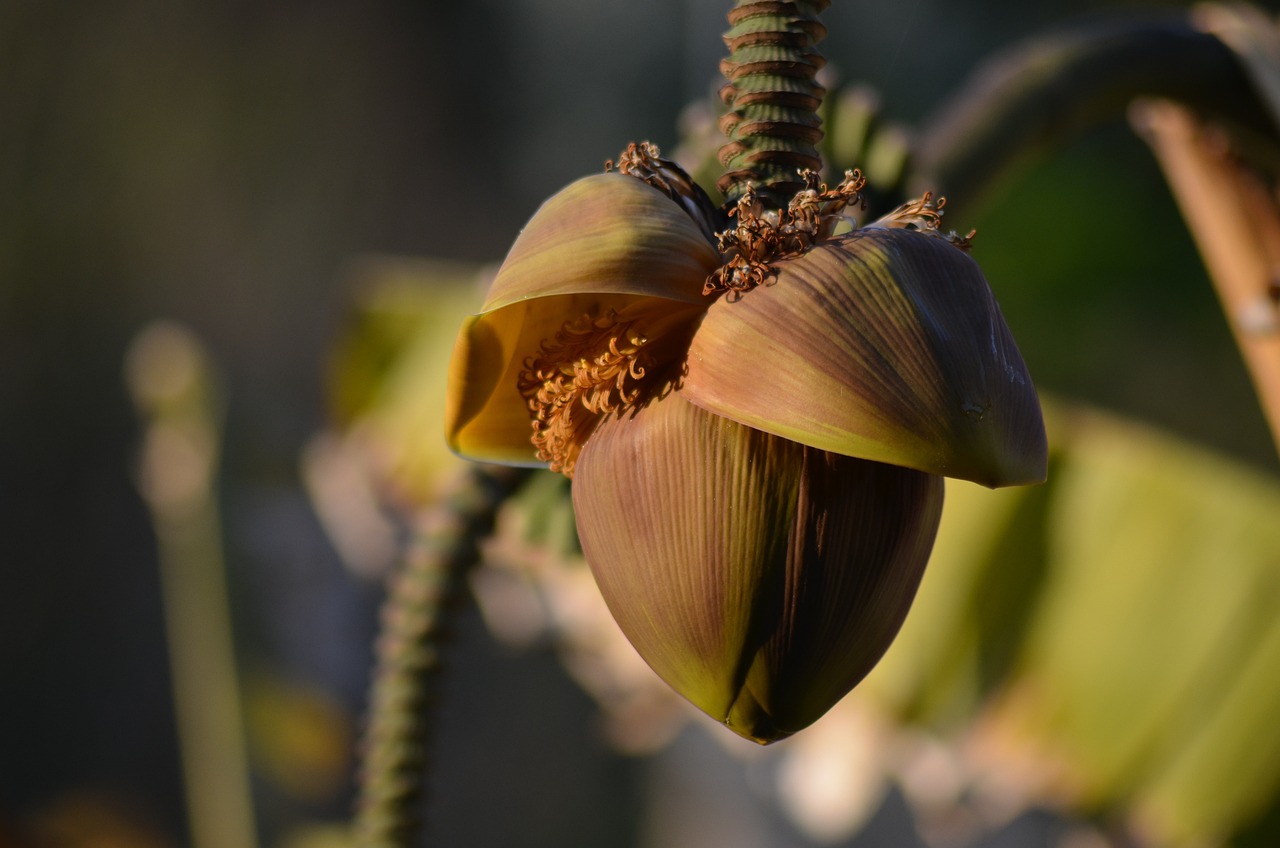Guadeloupe Video
Language and Communication: Overcoming Barriers in Guadeloupe
Introduction
Language plays a crucial role in communication, allowing individuals to express thoughts, feelings, and ideas. In Guadeloupe, an archipelago located in the Caribbean Sea, language and communication are diverse due to its historical influences and cultural heritage. This article explores the various languages spoken in Guadeloupe and the challenges faced in overcoming language barriers.
Languages Spoken in Guadeloupe
In Guadeloupe, multiple languages are spoken, reflecting the island’s rich cultural diversity. The official language is French, inherited from its colonial past. French serves as the primary language in education, government, and formal settings. However, Guadeloupean Creole, a French-based creole language, is widely spoken by the local population.
- Guadeloupean Creole: Guadeloupean Creole is a French-based creole language with influences from African, Caribbean, and indigenous languages. It emerged as a means of communication among enslaved Africans during the colonial period. Today, it is spoken by a majority of the population and serves as a symbol of cultural identity.
- French: French is the official language of Guadeloupe and is widely used in formal settings, education, and government. It is also spoken by the local population, although with variations influenced by Guadeloupean Creole.
- Other Languages: Guadeloupe is also home to other languages, including English and Spanish, which are spoken by some residents and tourists.
Challenges in Communication
While language diversity enriches Guadeloupe’s cultural landscape, it also poses challenges in communication, both within the local community and with visitors. These challenges can hinder effective understanding and limit opportunities for interaction.
- Dialectal Differences: The variations in Guadeloupean Creole and French dialects can sometimes lead to difficulties in comprehension, particularly for individuals not familiar with the local language.
- Language Barrier for Visitors: Non-French-speaking tourists may encounter difficulties in communicating with locals who are not proficient in English or other foreign languages.
- Code-Switching: Code-switching between French and Guadeloupean Creole is common in daily conversations. This can create confusion for those unfamiliar with both languages.
- Preservation of Guadeloupean Creole: While Guadeloupean Creole holds cultural significance, its use in formal settings, such as education and government, is limited. There are ongoing efforts to preserve and promote the language.
Overcoming Language Barriers
Despite the challenges, Guadeloupeans have developed strategies to overcome language barriers and foster effective communication.
- Bilingualism: Many Guadeloupeans are bilingual, proficient in both French and Guadeloupean Creole. This allows for seamless communication in different contexts.
- Language Education: Efforts are being made to promote language education, including the teaching of Guadeloupean Creole in schools alongside French. This helps preserve the language and enhance communication skills.
- Interpretation Services: In areas heavily frequented by tourists, interpretation services are available to facilitate communication between locals and non-French-speaking visitors.
- Cultural Exchange: Cultural events and exchanges provide opportunities for locals and visitors to interact, fostering understanding and bridging language gaps.
Guadeloupe Image 1:

Cultural Significance of Language
Language in Guadeloupe holds immense cultural significance, representing the island’s history, traditions, and identity.
- Oral Tradition: Guadeloupean Creole plays a vital role in preserving oral traditions, including folklore, storytelling, and music.
- Expression of Identity: Language choice, whether using French or Guadeloupean Creole, can be an expression of cultural identity and pride.
- Linguistic Influence on Art: Language influences various art forms in Guadeloupe, such as literature, poetry, and music, shaping the island’s artistic heritage.
Guadeloupe Image 2:

Language Policies and Initiatives
Guadeloupe has implemented language policies and initiatives to address the challenges posed by language diversity and foster effective communication.
- Language in Education: Efforts are being made to integrate Guadeloupean Creole into the education system, allowing students to develop proficiency in both French and the local creole language.
- Media and Literature: Guadeloupean Creole is increasingly used in media, literature, and music, helping to promote and preserve the language.
- Language Awareness Campaigns: Public campaigns and initiatives raise awareness about the importance of language diversity and encourage respect for all languages spoken in Guadeloupe.
Guadeloupe Image 3:

Conclusion
Language and communication in Guadeloupe are influenced by a rich tapestry of languages, with Guadeloupean Creole and French serving as prominent languages. While language barriers can pose challenges, Guadeloupeans are actively working towards effective communication through bilingualism, language education, and cultural exchange. The preservation and promotion of Guadeloupean Creole contribute to the island’s cultural identity and heritage.
References
- Gouvernement.fr
- Unesco.org
- Creoleways.com
- Guadeloupe-islands.com
- Caribbean-journal.com


